|
LGBTQ+ Health and Health Disparities Speaker: Ashley Kuykendall Ashley began with an introduction into several key terms by using a graphic designed by TSER (Trans Student Educational Resources) called The Gender Unicorn. This graphic highlights that gender, sexuality, and attraction occur along a spectrum. Furthermore, the point along a given spectrum where a person identifies can stay static, or shift, over time. There are several terms presented on the Gender Unicorn, and the definitions that the TSER provides are:
Gender identity: One’s internal sense of being male, female, neither of these, both, or another gender(s). Everyone has a gender identity, including you. For transgender people, their sex assigned at birth and their own internal sense of gender identity are not the same. Female, woman, and girl and male, man, and boy are also NOT necessarily linked to each other but are just six common gender identities. Gender Expression/Presentation: The physical manifestation of one’s gender identity through clothing, hairstyle, voice, body shape, etc. Most transgender people seek to make their gender expression (how they look) match their gender identity (who they are), rather than their sex assigned at birth. Sex Assigned at Birth: The assignment and classification of people as male, female, intersex, or another sex based on a combination of anatomy, hormones, chromosomes. It is important we don’t simply use “sex” because of the vagueness of the definition of sex and its place in transphobia. Chromosomes are frequently used to determine sex from prenatal karyotyping (although not as often as genitalia). Chromosomes do not determine genitalia. Sexually Attracted To: Sexual Orientation. It is important to note that sexual and romantic/emotional attraction can be from a variety of factors including but not limited to gender identity, gender expression/presentation, and sex assigned at birth. Romantically/Emotionally Attracted To: Romantic/emotional orientation. It is important to note that sexual and romantic/emotional attraction can be from a variety of factors including but not limited to gender identity, gender expression/presentation, and sex assigned at birth.
1 Comment
Blog Post Topic: Middle Eastern Cultures and Historic U.S. Bias Speaker: Deena Essa, Graduate Student in the Department of Jewish, Islamic, and Middle Eastern Studies (WashU) We were excited to learn from Deena Essa, a current Graduate student in the Department of Jewish, Islamic, and Middle Eastern Studies department. Her talk began by addressing that the term “Middle East” is a subjective one – as Deena said, “middle of what, east of who.” The subjective nature is important to address because what regions, and which peoples, are included in the term is dependent on who is crafting the map and what their personal interests for doing so are. Thus, maps of the Middle East can be devised through lenses including faith, ethno-linguistics, and politics, though it should be noted that none of these can be decoupled from the impacts of colonialism. As such, you can find a variety of maps of the middle east including ones that label the region as:
Figure 1. Variety of maps of the Middle East. Image sources: jonespools.info, Jewish Virtual World, and Lonely Planet Whichever way you draw the map, the region and the people who live and have history there share commonalities but are also incredibly diverse. Figure 2. Languages in the Middle East. Top: Languages of the Greater Middle East. Bottom: Arabic Dialects in the Middle East. Image sources: Wikipedia, forum.nationstates.net From a linguistic perspective, Arabic, Hebrew, and Aramaic are all Semitic languages and come from a single linguistic ancestor. While over time, these languages have become unique entities, some characteristic similarities remain – including that they are both written/read right to left. While the Semitic languages have their roots in this region of the world, as mentioned previously, the colonial influences are so deep that in many countries European languages (ex. French, English etc.) are incorporated into everyday vernacular. Additionally, Arabic and Islamic calligraphy have been used in art forms since antiquity, and modern twists on this artform continue to be developed including use in murals and new multi-lingual typographic fonts. Figure 3. Distribution of Religions in the Middle East. Image source: https://www.dartmouth.edu/~gov46/det-dist-religions.gif The people of this region identify with many ethnicities and faiths. Christianity, Judaism, and Islam are among the faiths practiced by people living in the Middle East. It should be noted however, that the Arab (ethnicity) world is not synonymous with the Muslim (religion) world. Deena pointed out that nearly 20% of Muslims are Arab, but that the vast majority of Muslims do not live in the Middle East and Northern Africa. Additionally, while there are common tenets within and amongst each faith, it is important to remember that the practices and traditions are diverse and personal. Figure 4. Popular food map in Eastern Mediterranean. Image Source: https://www.theatlantic.com/international/archive/2014/07/15-maps-that-dont-explain-the-middle-east-at-all/375350/ Many restaurants throughout the world label themselves as “Middle Eastern” but what does this really mean? Common food items throughout the region have countless regional variations and these foods are very much linked with national, ethnic, and regional identity. The popularity of Middle Eastern cuisine can be both a way to learn about and celebrate the diverse cultures of this region but can also become entwined in cultural appropriation. For example there have been a number of debates about who invented hummus and falafel; conversations that can get deeply personal not only because food is closely intertwined with identities, but also because sharing cuisines while ignoring history, politics, and conflicts can be deeply problematic. Music, like food, can be used to celebrate tradition and culture. Mixing of old and new styles can give homage to the history of the Middle East, while also serving as a platform to share ideas, offer critiques, and to express oneself. Artists like Mona Haydar, a Hijabi Syrian-American feminist rapper and chaplain, and Israeli Eurovision winner Netta Barzilai are using their talents to showcase diversity in this region and to challenge historical norms or bias. Figure 5. Economic and oil maps of the Middle East. Image sources: https://www.visualcapitalist.com/map-sums-economy-middle-east/ and W.W. Norton The foreign policy relationship between the United States and the Middle East is a complicated one and in part is determined by economics and oil. Additionally the U.S. has had overt and indirect policy and action around government, power structures, and leadership in the Middle East.
Domestically, the side effects of long-term xenophobia, racism, fear, and misunderstandings of people have led to a number of discriminatory policies including the so called “Travel Ban” or “Muslim Ban” that President Trump enacted in 2017. Such policies written in the name of “national security” to protect “Americans” hurt not only people wishing to immigrate and make America their home, but also Americans domestically who felt hurt and othered by this legislation. Conclusions:
Topic: Relationship Conflict and Violence Speaker: Gladys Smith, Sexual Violence Prevention Therapist and Licensed Psychologist PsyD, LPC, LCPC, NCC, CASAC, MAC, RYT We were extremely fortunate that Gladys Smith was able to come talk to Connections about relationship and sexual violence. Her talk highlighted how healthy inter-personal relationships are based on equality and respect, rather than on power and control. Healthy, and functional interactions should promote and foster a number of characteristics including: open communication, trust and support, honesty and accountability, and shared power. In contrast, unhealthy relationships may involve unequal control or hostility, intimidation or disrespect, dishonesty, or sexual/physical violence. Unhealthy relationships can present themselves as not just physically harmful, but can also involve financial, emotional, digital, or sexual abuse and/or stalking. Furthermore, she validated that conflict is not inherently “bad” but dealing with conflict in a healthy way is important. She provided us with a technique to use in order to have a productive conversation about a conflict or tension in a relationship: “I feel…” “when you…because…” ”what I would like to happen is” Using this technique clearly outlines the problem and offers a solution in a healthy way. See resources below for more information: Victims of relationship or sexual violence are never responsible for the abusive actions. Nobody ever deserves to be abused. And resources are available. If you have been a victim of relationship and/or sexual violence, there are a number of resources available on campus and beyond:
Some additional tips for friends and family:
https://www.thehotline.org/help/help-for-friends-and-family/ https://abuseintervention.org/sandbox77/wp-content/uploads/2012/03/How-to-Help-a-Loved-One.pdf http://www.domesticabuseproject.com/get-educated/helping-a-friend-or-family-member/ The National Domestic Violence Hotline reminds us that “relationship violence can impact anyone – anyone can be abusive, and anyone can be the victim of abuse” The statistics about relationship violence comes from reported cases, so the numbers could be higher than presented. Currently the data suggests that more than 1 out of 3, and 1 out of 4 men have been victims of violence by an intimate partner in their lifetime (The National Domestic Violence Hotline). But intersectionality of identities can change the rate of risk- marginalized groups are often at even higher risk for violence, as stated in a Huffington Post article:
Additionally, the cycle of abuse is such that individuals who have been exposed to abuse are more likely to perpetuate violence as adults. A finding from the World Health Organization stated that, “exposure to violence during childhood increases the likelihood of men perpetrating violence against intimate partners by 3 to 4-fold, compared to men who are not exposed to violence as children.” Remember, conflict in relationships is normal, but unhealthy conflict can and does happen. If you are a victim of relationship violence, you do not need to tolerate abuse, and there are people are resources available to help 24/7. To start the semester off we hosted a module on diverse communities.
The goals of this module were to:
Everyone has a variety of identities placed upon them by themselves and their society. These include things like: Race, ethnicity, social class, sex, gender identity, sexual orientation, ability status, spiritual or religious affiliation, age, body size/shape, appearance, education, immigrant status, etc. While some of these identities are visible, others can be hidden. Our choices can be heavily based on our self-perception of how those identities will be perceived and the stereotypes, both positive and negative, that we associate with them. Much of what we think of these identities is learned through our experiences with family and peers, at school, in the community, through the media, or elsewhere in our lives. The challenges both in opportunity and in self-perception that we face result from a combination and intersection of how we perceive ourselves and the way we are perceived. Even when some of our identities are considered valuable in society, others that are perceived as less desirable can be used as tools of oppression or justification for discrimination. We should always strive to examine our own perceptions and try to analyze and correct our biases. Topic: Communication Speaker: Jessica Kuchta-Miller, MA, JD, Office of the Ombuds at Washington University in St. Louis Learning Objectives The audience should be able to:
Summary Jessica Kuchta-Miller began with an overview of the Ombuds Office and their four main goals. Jessica Kuchta-Miller is the principal contact for staff, graduate students and postdocs on all campus locations. There are separate ombuds for Danforth faculty, medical campus faculty, and medical students. See resources below for more information. In addition to learning about a valuable campus resource, we were also introduced to effective communication strategies. We learned about mental traps to recognize and avoid. The 10 mental traps Jessica Kuchta-Miller described are listed below:
To emphasize the impact that these mental traps have on us, Jessica Kuchta-Miller facilitated an exercise demonstrating that the way information is framed, in conjunction with our biases, can influence the way we interpret a situation. She explained how some of our beliefs may be founded on faulty interpretation of data, using the Ladder of Inference to show us how beliefs are adapted. Jessica Kuchta-Miller also provided the group with an overview of Ting listening and specific steps to take in important conversations, which are similar to the LARA communication skills Connections has covered in prior years.
TING listening is listening with your whole self. We should use not only our ears, but our mind, heart, and eyes as well, all while giving the speaker our undivided attention. From the US Department of State, there are four rules to TING (or active) listening: 1. Seek to understand before you seek to be understood. 2. Be non-judgmental 3. Give your undivided attention to the speaker 4. Use silence effectively The steps for communication have been summarized from the handout prepared by Jessica Kuchta-Miller:
Key Points
The strategies introduced in this lecture will be useful to members when having conversations both inside and outside of Connections. These skills will be reviewed at each discussion and should be utilized in upcoming lectures and discussions. Resources Ombuds FAQs: https://staffombuds.wustl.edu/faqs/ For staff, postdocs, & graduate students: https://staffombuds.wustl.edu/ For faculty & students on the Medical Campus: https://ombuds.med.wustl.edu/ For Danforth faculty: https://facultyombuds.wustl.edu/ TING Listening: https://www.state.gov/m/a/os/65759.htm Ladder of Influence: https://www.mindtools.com/pages/article/newTMC_91.htm LARA Communication: https://www.aacu.org/sites/default/files/files/AM17/Difficult%20Dialogue%20Handout%201.pdf Eleven Connections members took a weekend-long field trip to Chicago June 15-17. We traveled to and from Chicago by Amtrak and stayed in Louis Armstrong’s old house in the Bronzeville neighborhood. Over the course of the jam-packed weekend we participated in a variety of cultural and educational experiences. Here is an outline of the events that we attended: Saturday June 16th Race Exhibit – Chicago History Museum Chicago LGBTQ+ Pride Festival Puerto Rican People’s Parade Taste of Randolf Street Festival Grand Park Gold Coast Art Fair Classical Music Festival Sunday June 17th National Museum of Mexican American Art Italian Block Party DuSable Museum of African American History Photos and Review of Activities: The “RACE Exhibit: Are We So Different?” was featured at the Chicago History Museum. Members spent most of their time in this exhibit which presented historical and modern perspectives on the construct of race. Chicago LGBTQ+ Pride Festival From the Chicago History Museum we took Lyft rides to the LGBTQ+ Pride festival on North Halsted in the Boystown neighborhood. We arrived during the early part of festival activities, and were able to see the Chicago Gay Men’s Chorus and the Pride Drag Show. After this we went to the Puerto Rican People’s Parade. It was starting to get hot at this point, and we were all trying to make sure we kept hydrated. We watched the parade proceed down W Division Street to Humboldt Park. From here we went to the Taste of Randolf Street Festival where there were a variety of food and art stands set up. A number of attendees ate lunch here and rested after walking around all day. From here we travelled downtown to the Grant and Millennium Parks area. Some members attended the Grand Park Gold Coast Art Fair while others explored the attractions in Millennium Park and reserved seats for the Classical Music Festival at Pritzker Pavilion. After the show we walked over to Buckingham Fountain and got dinner at Exchequer Restaurant. We started the next day off at National Museum of Mexican Art. Here we were able to see some beautiful art as well as a number of pieces and exhibits that explored the cultural experiences of Mexican-Americans in the USA, as well as Chicago in particular. We then went to the Italian Block Party where we ate a lot of Italian cuisine for lunch on Oakley Avenue. National Canoli Day was this weekend, so a number of us ate some delicious canoli for dessert! Lastly, we visited the DuSable Museum of African American History. The museum’s mission is to promote understanding and inspire appreciation of the achievements, contributions, and experiences of African Americans through exhibits, programs, and activities that illustrate African and African American history, culture and art. It is dedicated to the collection, documentation, preservation and study of the history and culture of Africans and African Americans. Questions and Discussions that came up during post-trip reflection:
Student Advisory Committee WUSM Office of Diversity Programs DBBS Office of Diversity and Student Affairs
Speaker: Joshua Swamidass, MD, PhD
Three Main Messages from the Speaker:
Brief interview with Francis Collins: https://news.nationalgeographic.com/2015/03/150319-three-questions-francis-collins-nih-science Video: Teach Us All (Netflix)
Teach Us All is a documentary written and directed by Sonia Lowman. On their website they proclaim: "We stand for ALL students in America having equal access to quality education.Add your voice. Join the movement. Create change.#TeachUsAll" See this site for more information: http://www.teachusallfilm.org/ |
AuthorThis blog is made to record the information learned at Connections lectures. Archives
May 2019
CategoriesAll information provided on Connection's web site is provided for information purposes only. Although every reasonable effort is made to present current and accurate information, Connection's makes no guarantees of any kind and cannot be held liable for any outdated or incorrect information.
|
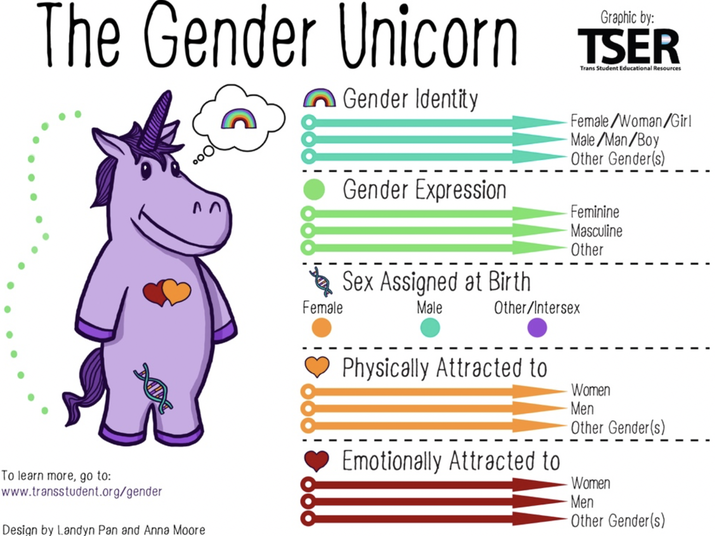
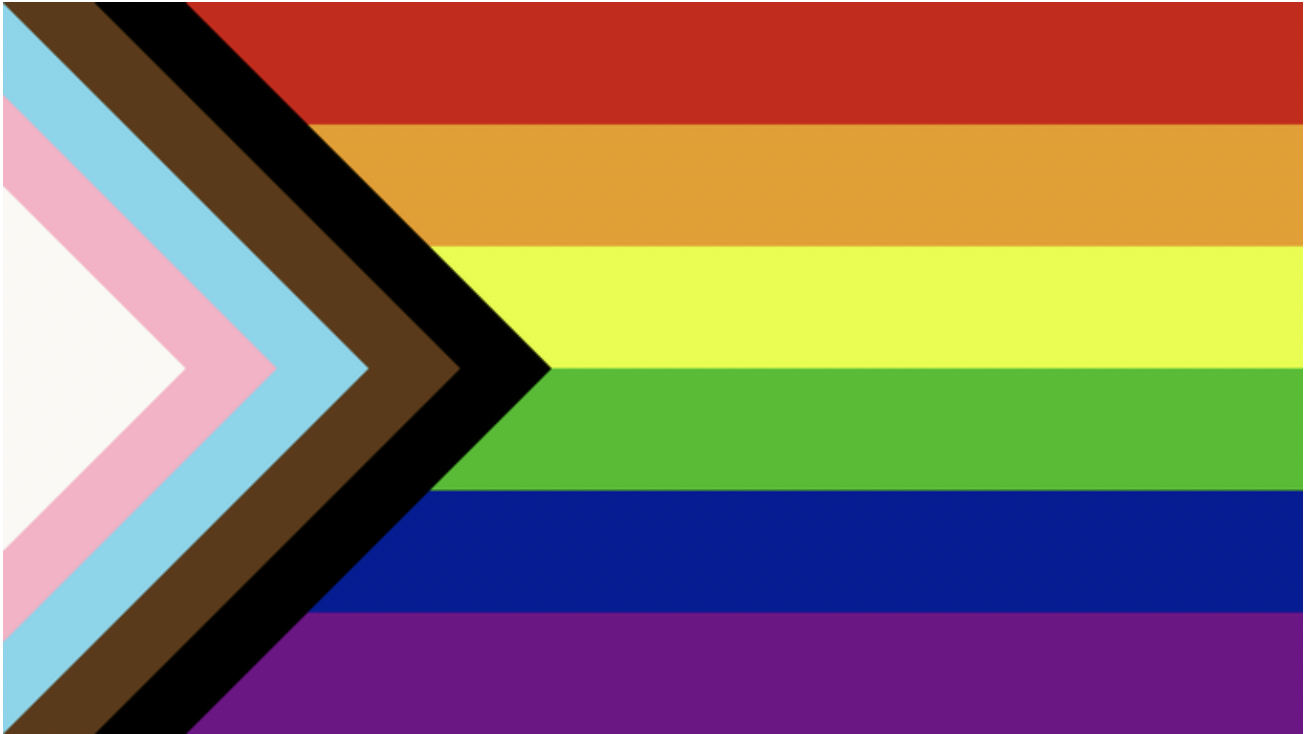
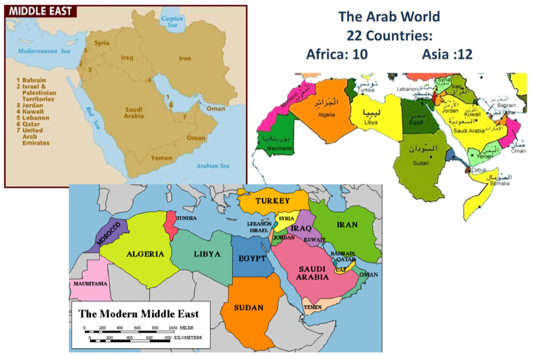
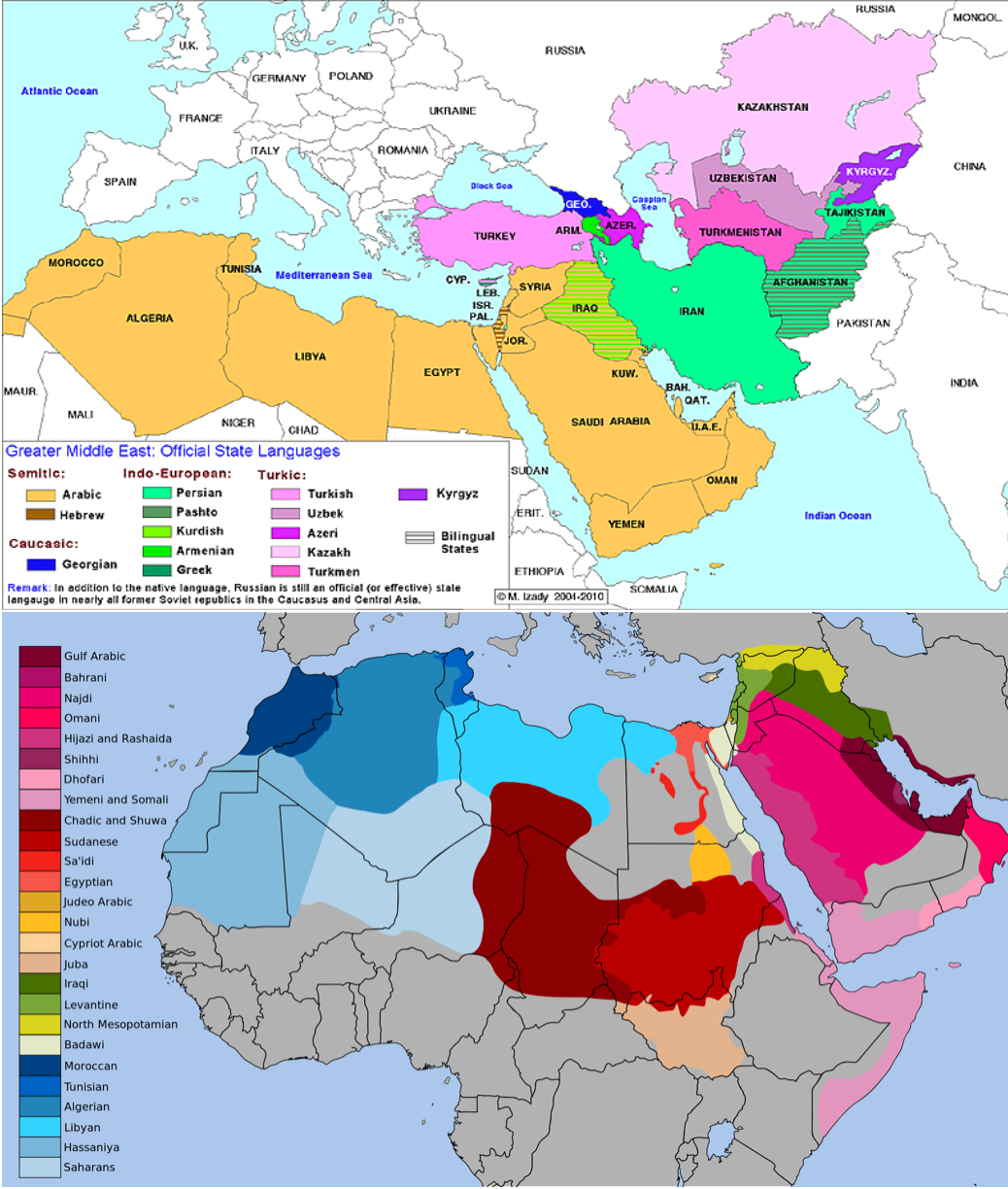
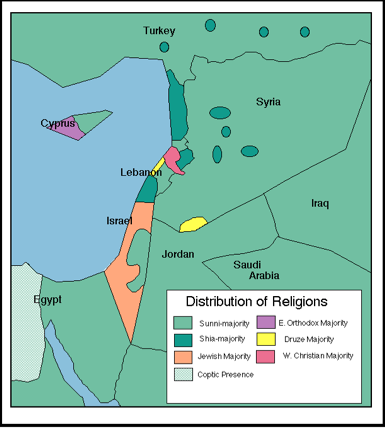
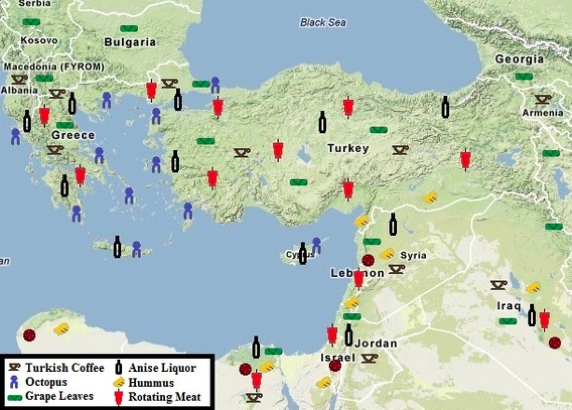
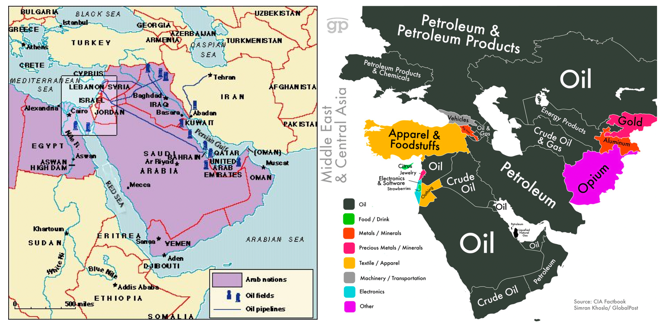
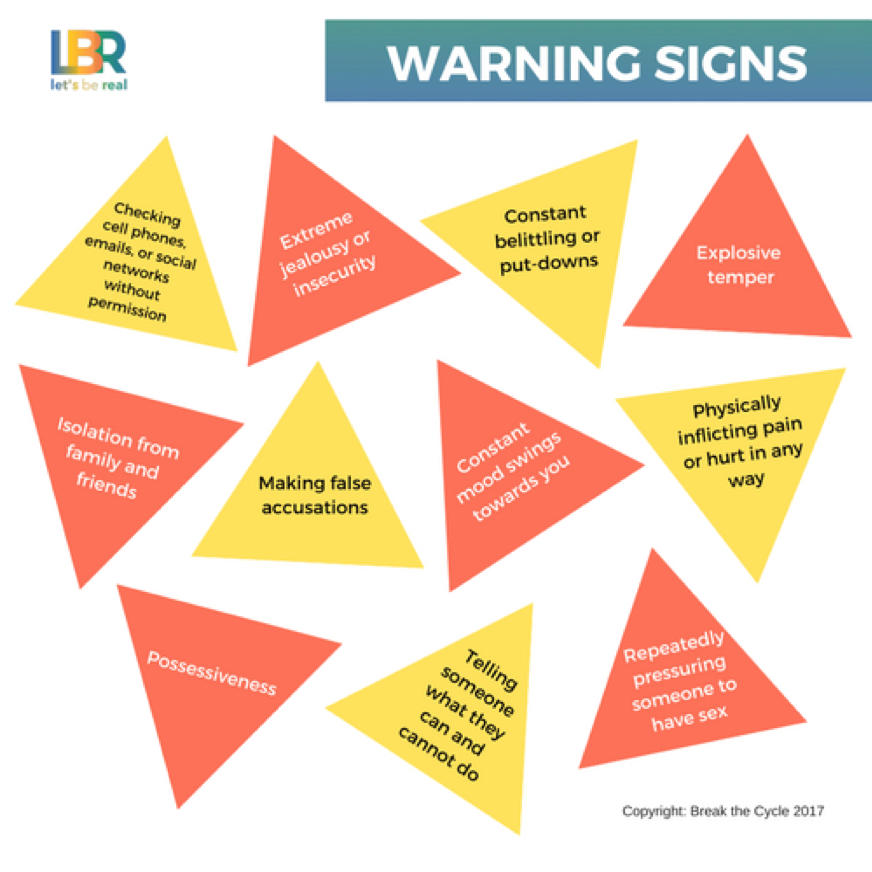
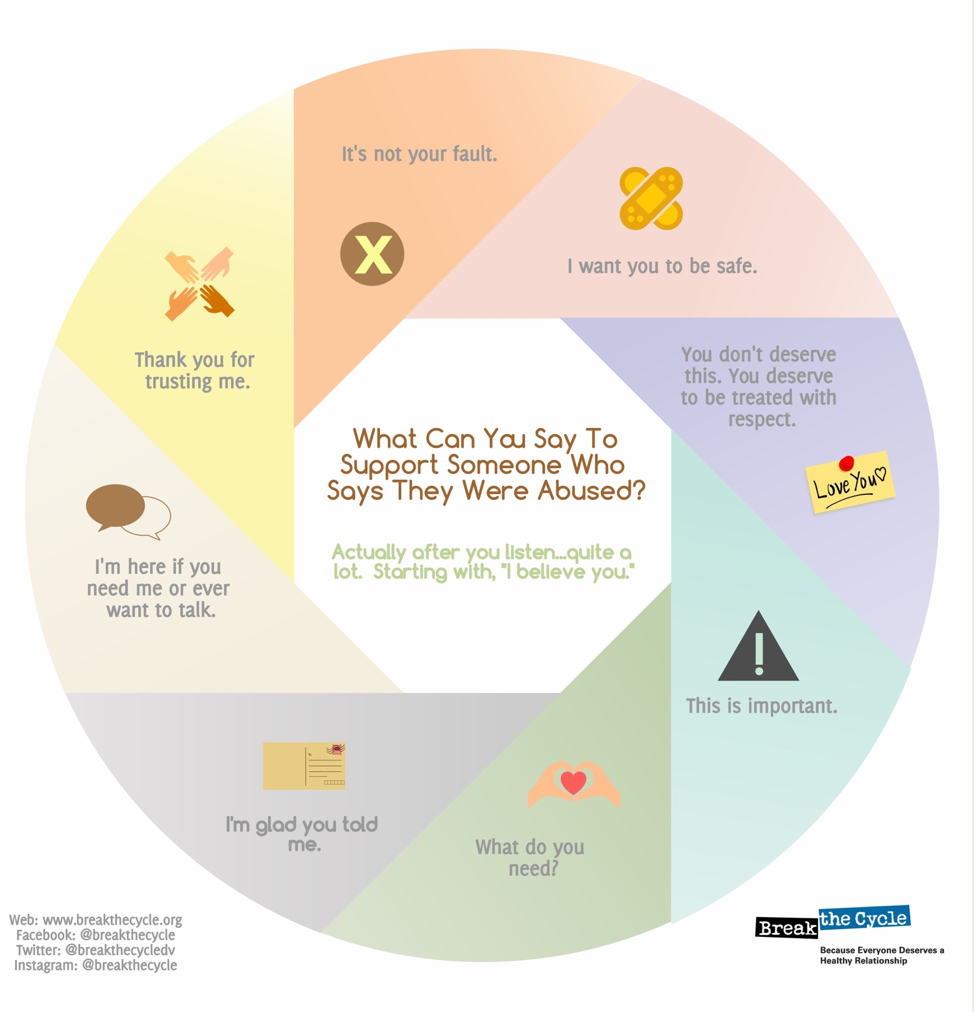
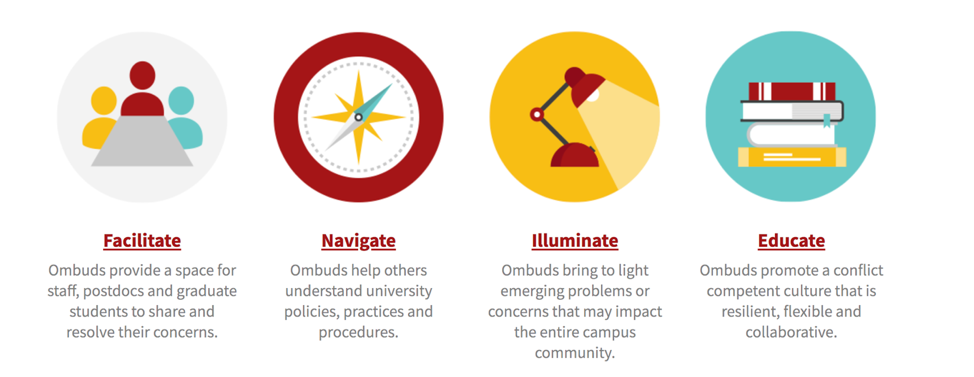
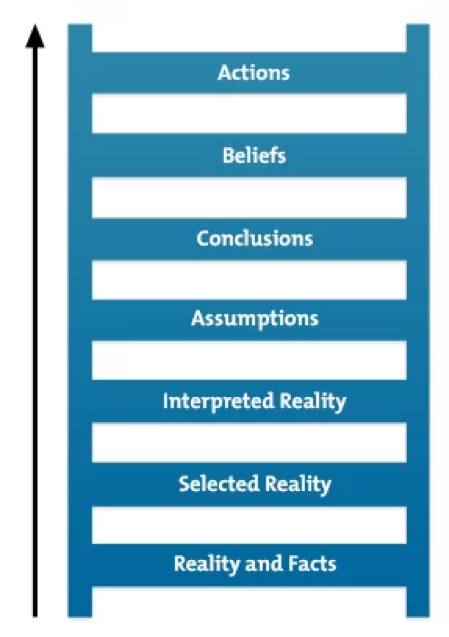
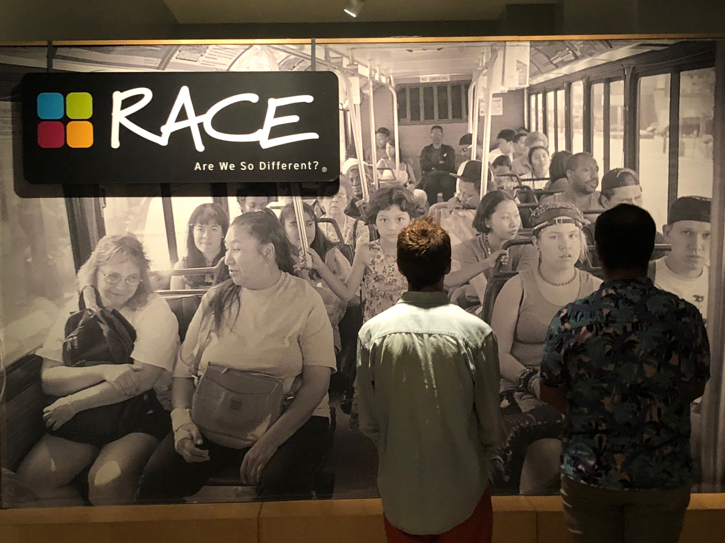
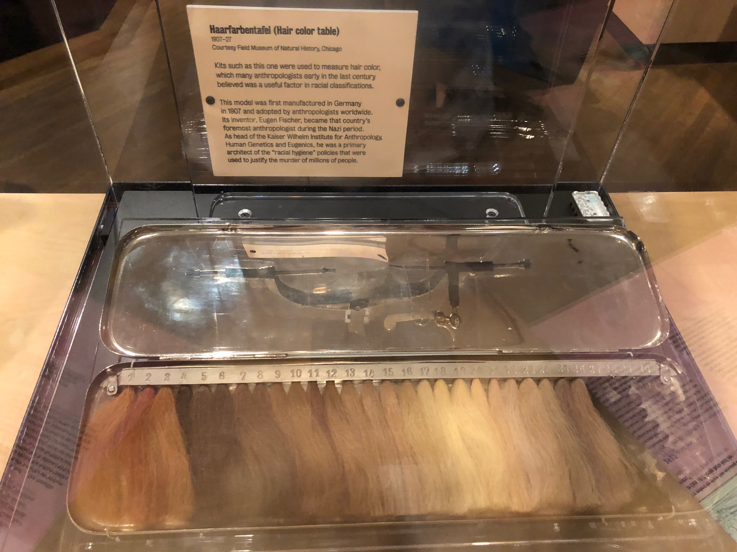
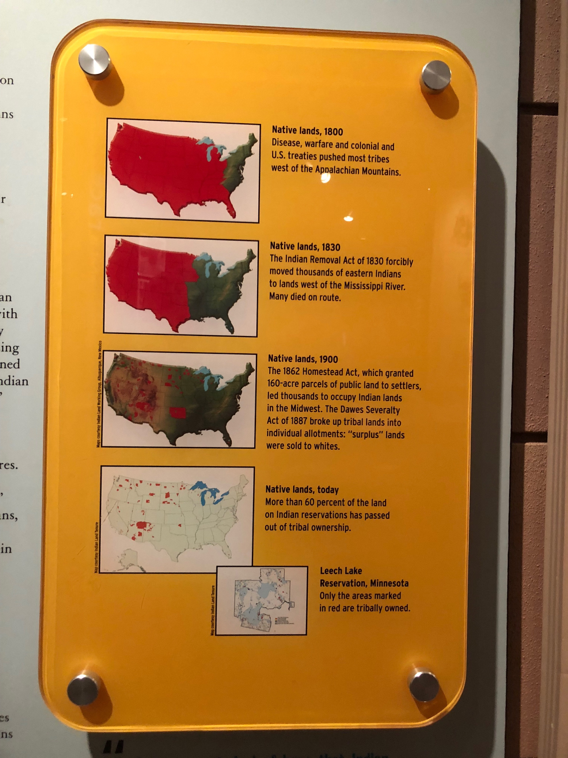
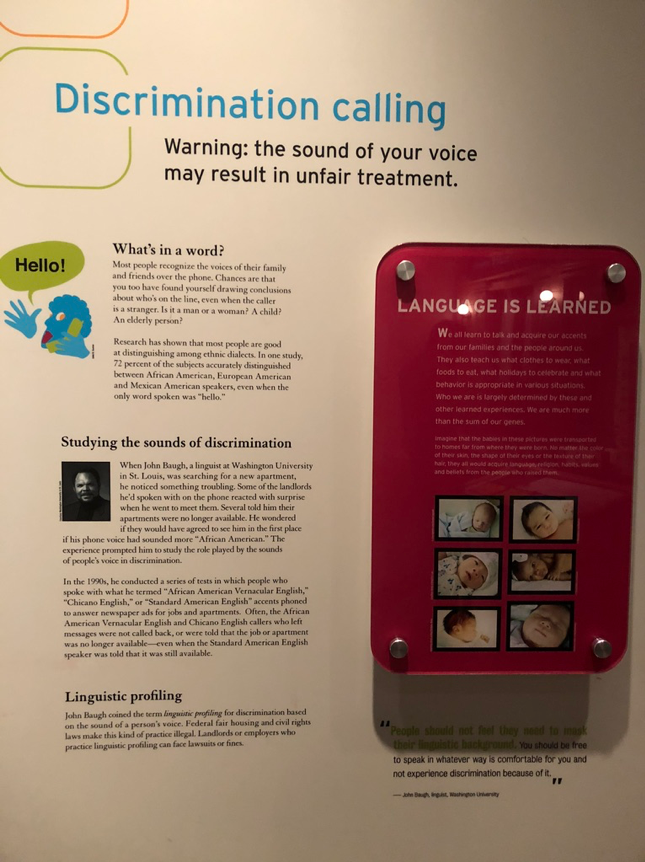
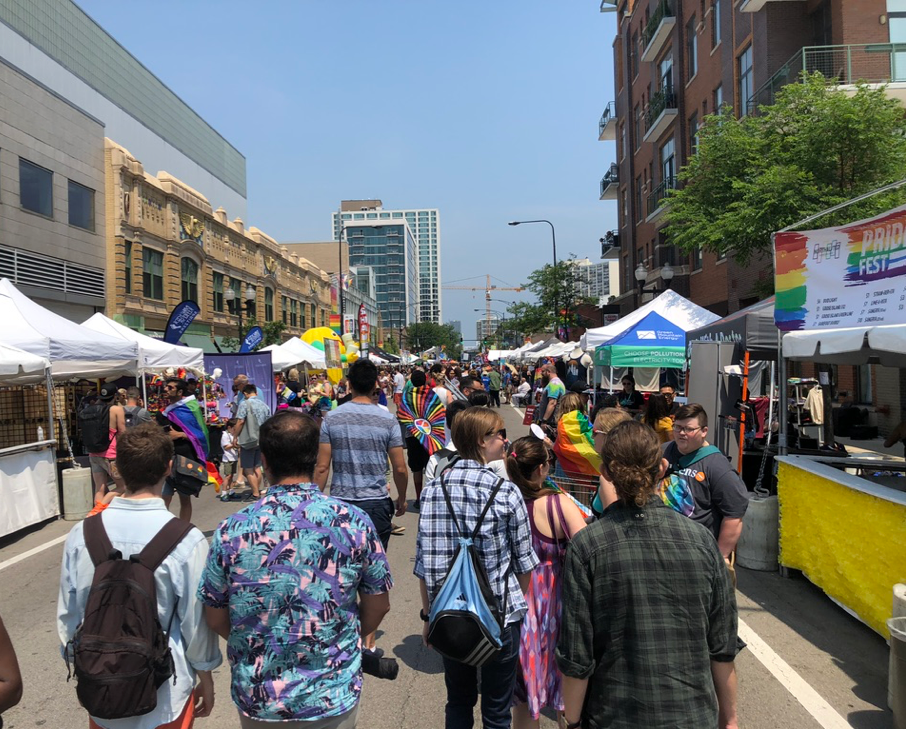
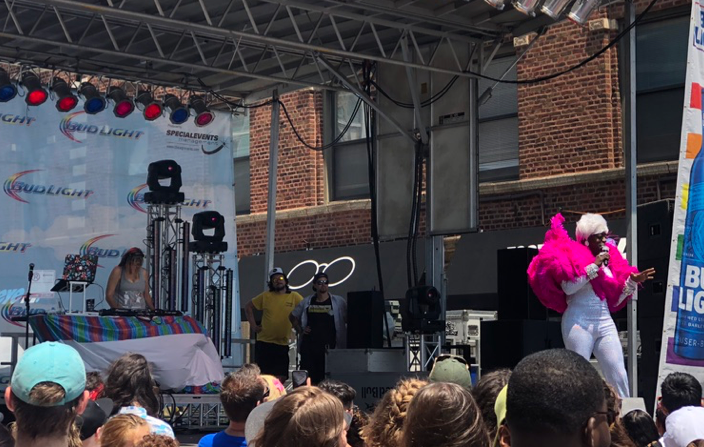
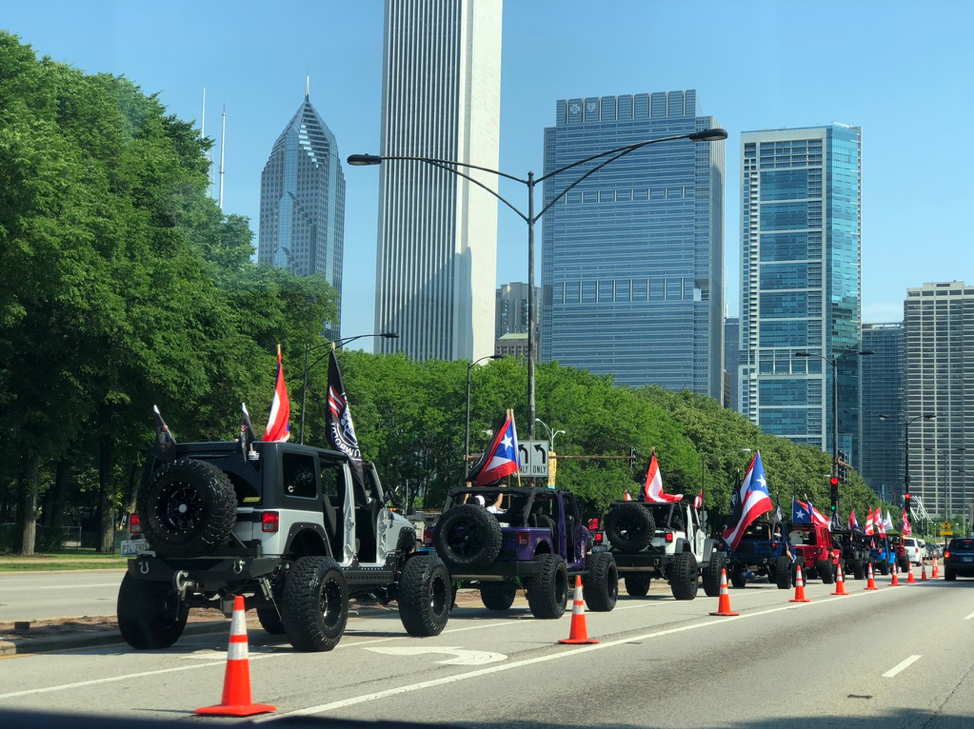
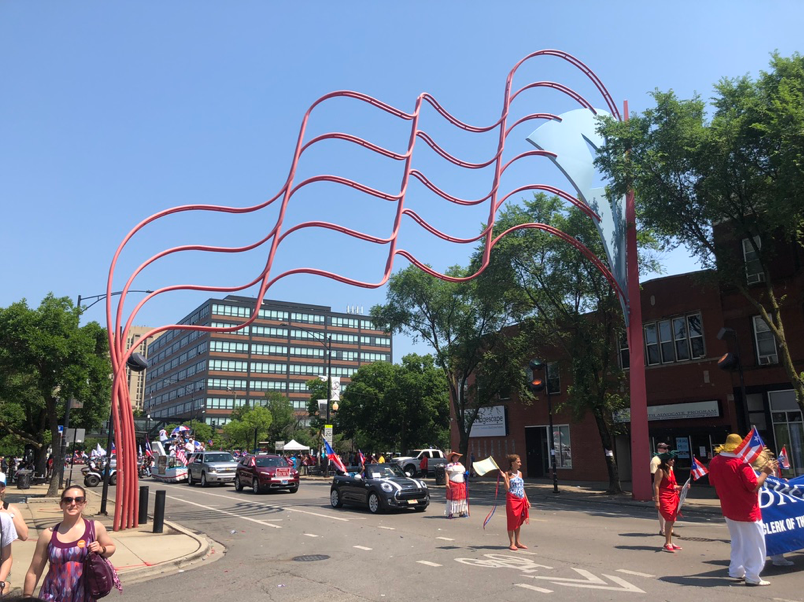
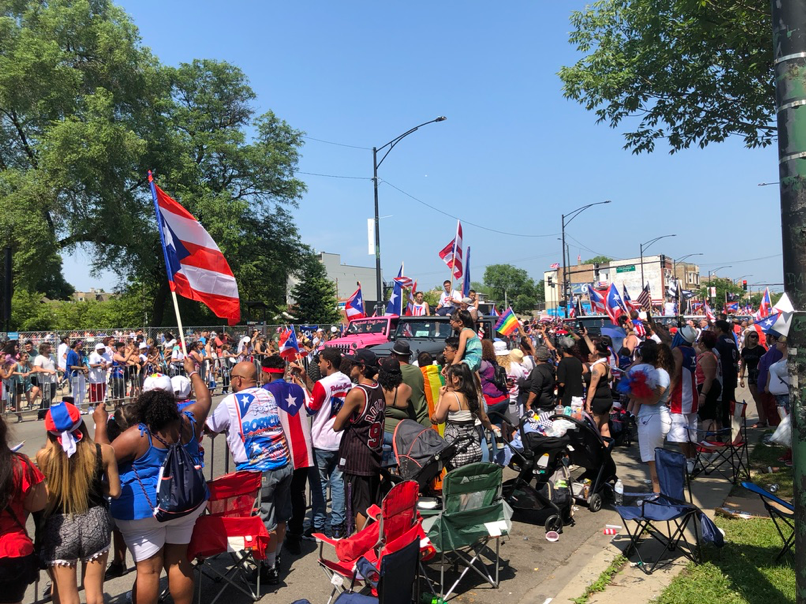
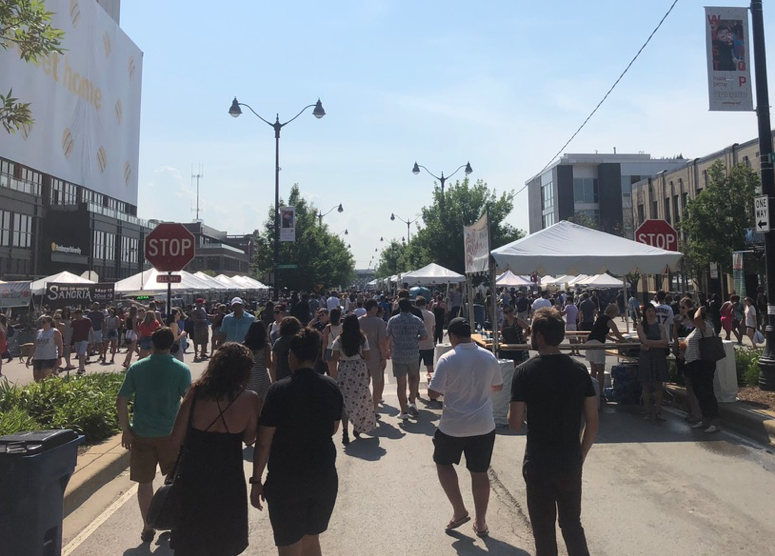
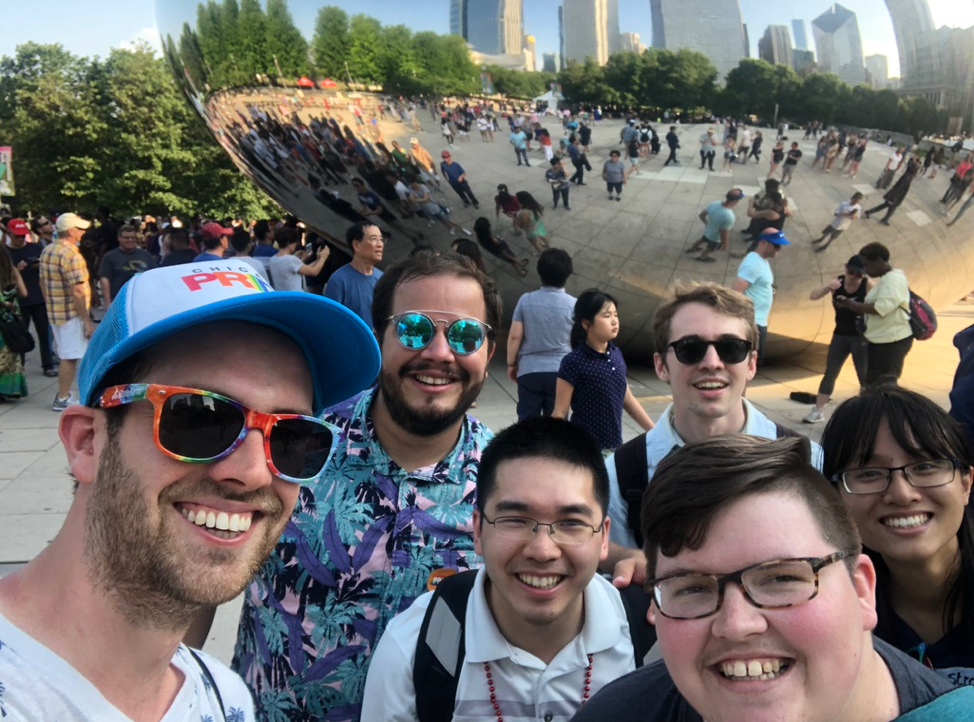
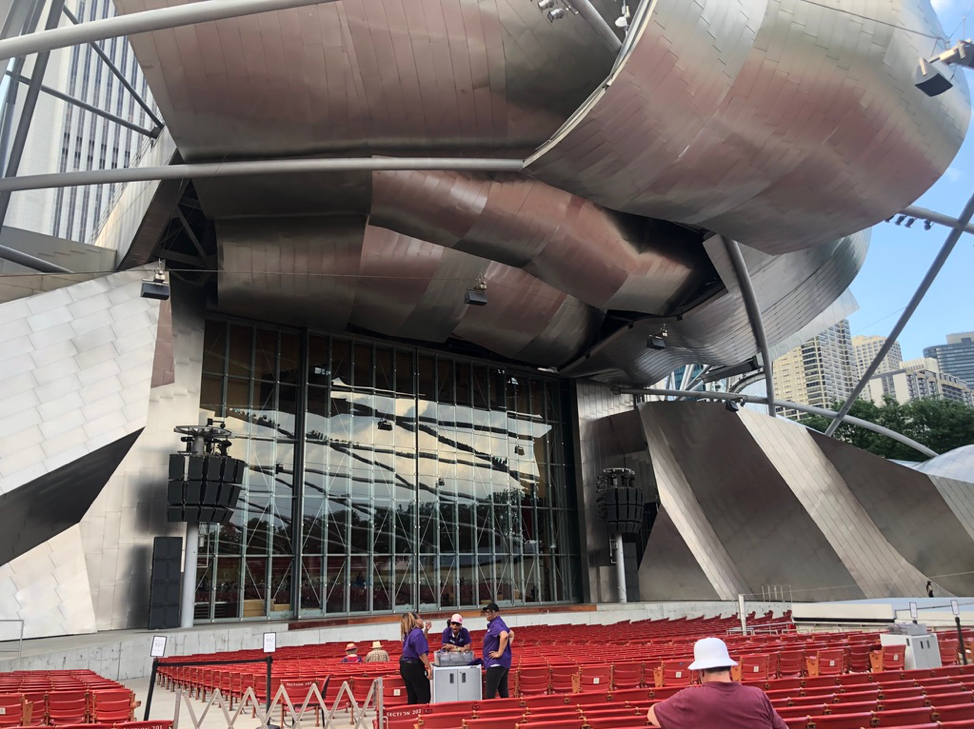
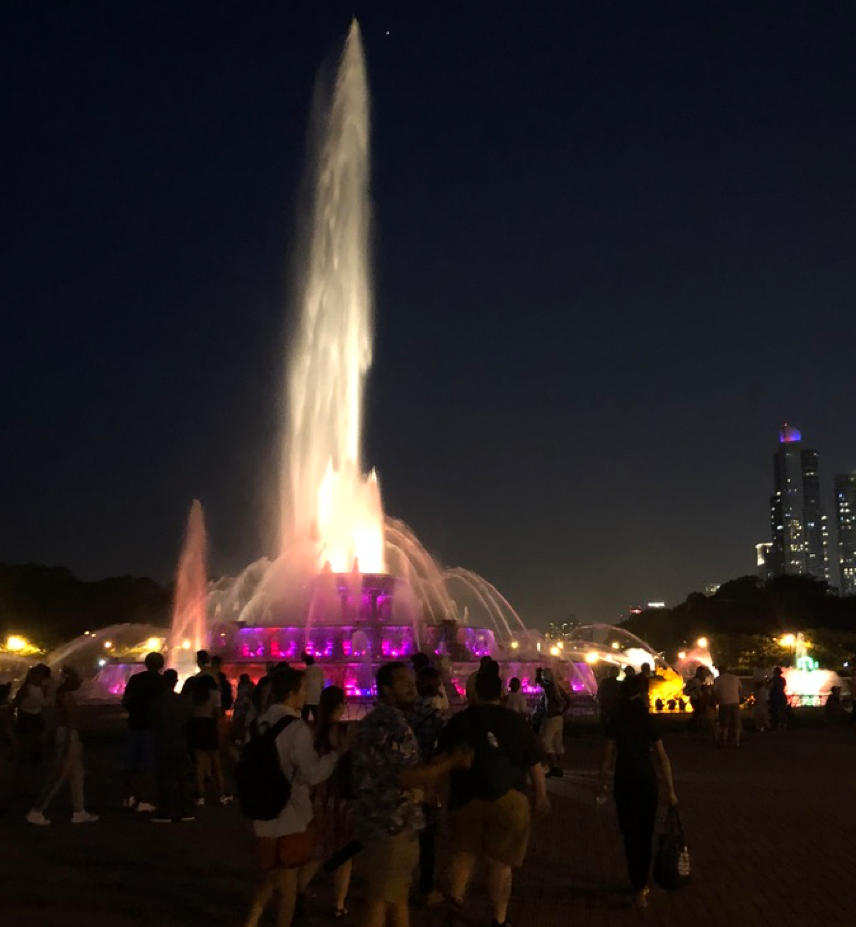
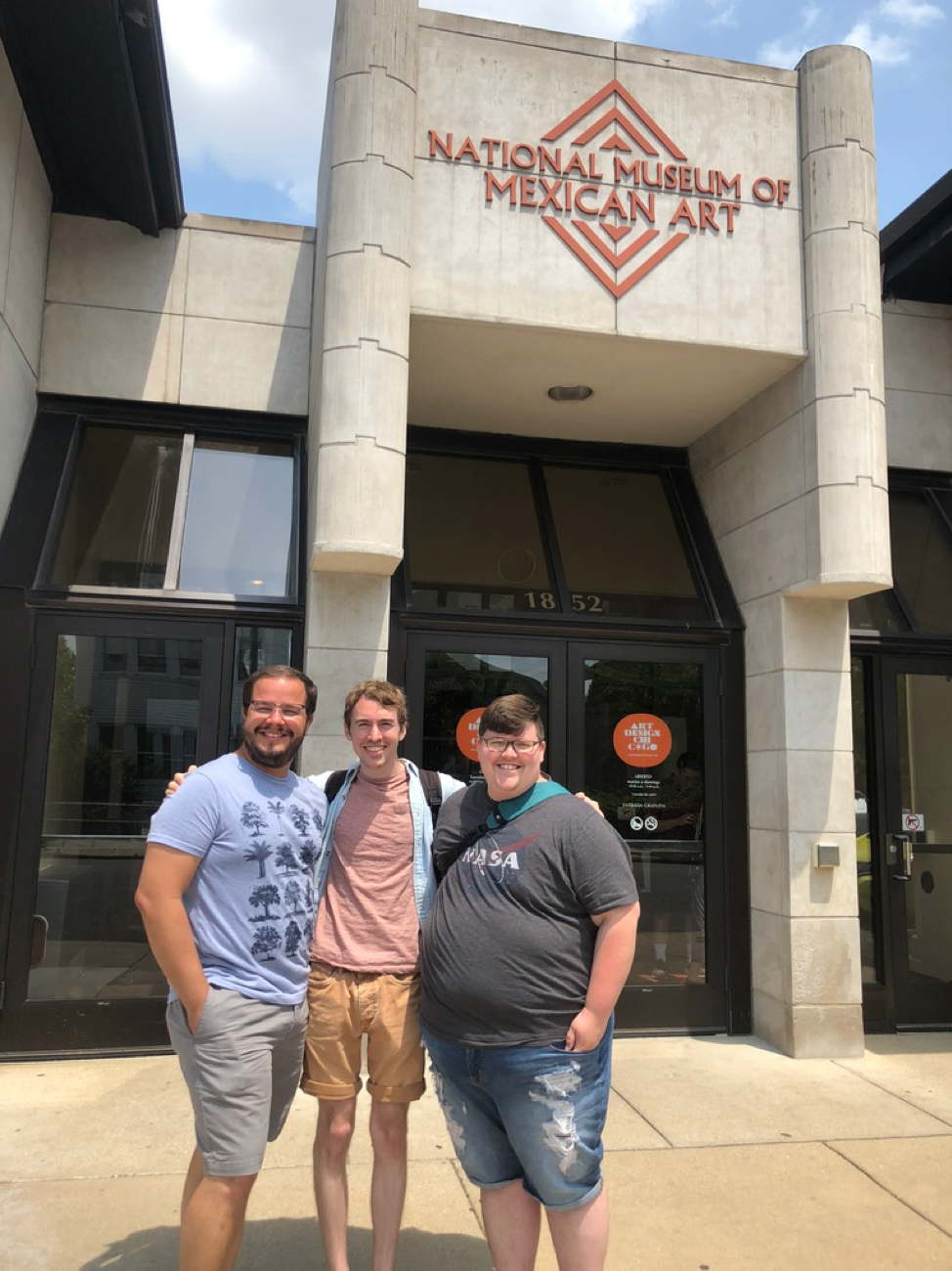
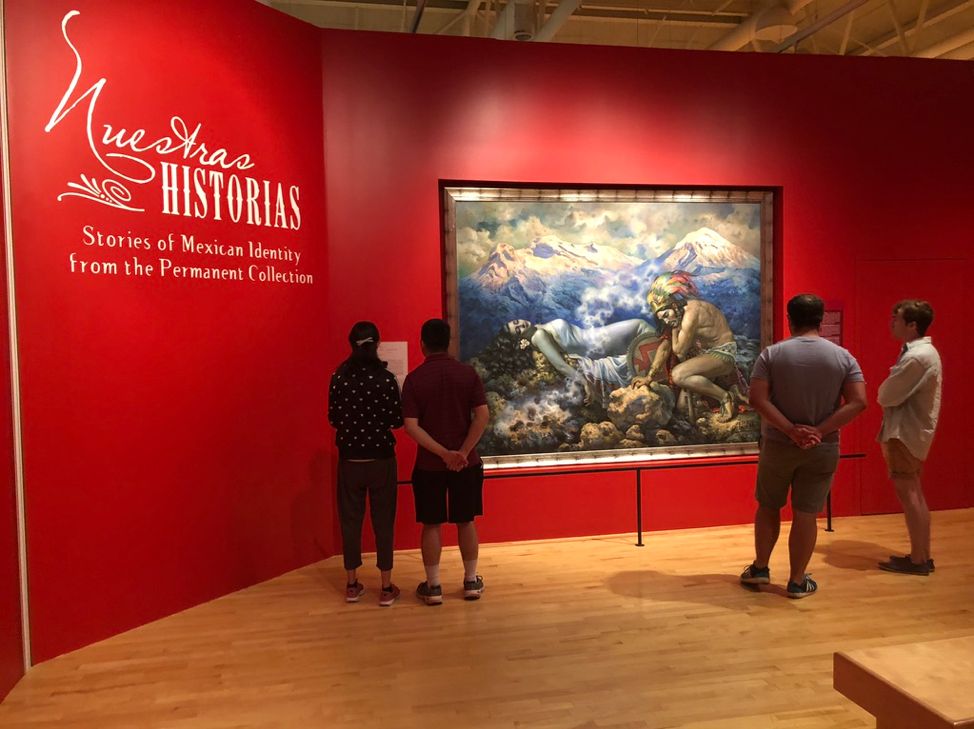
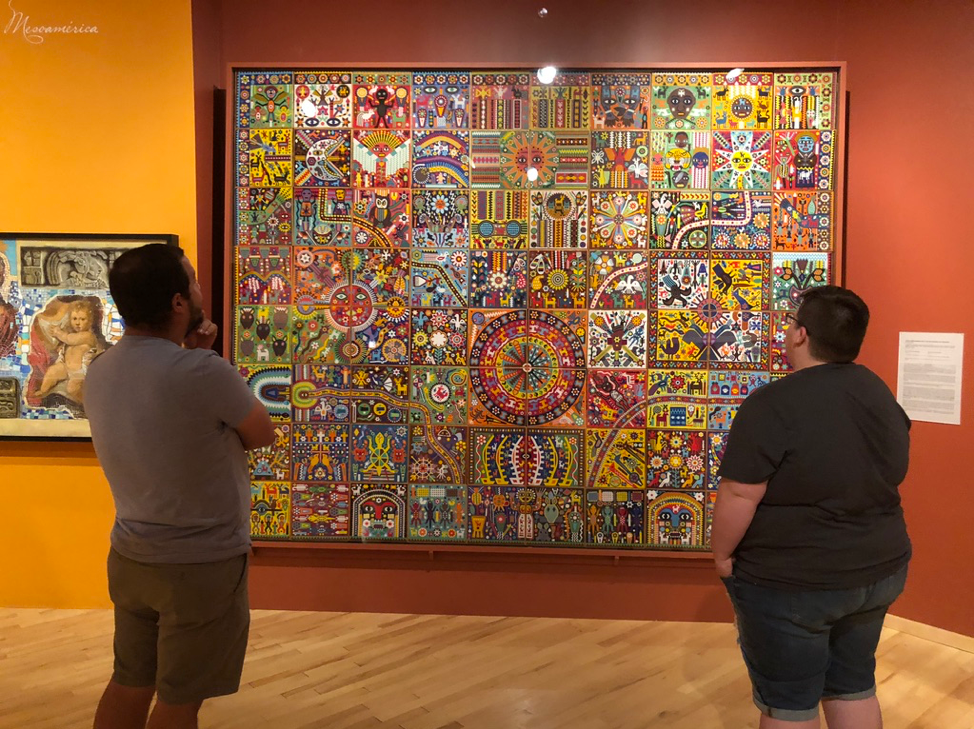
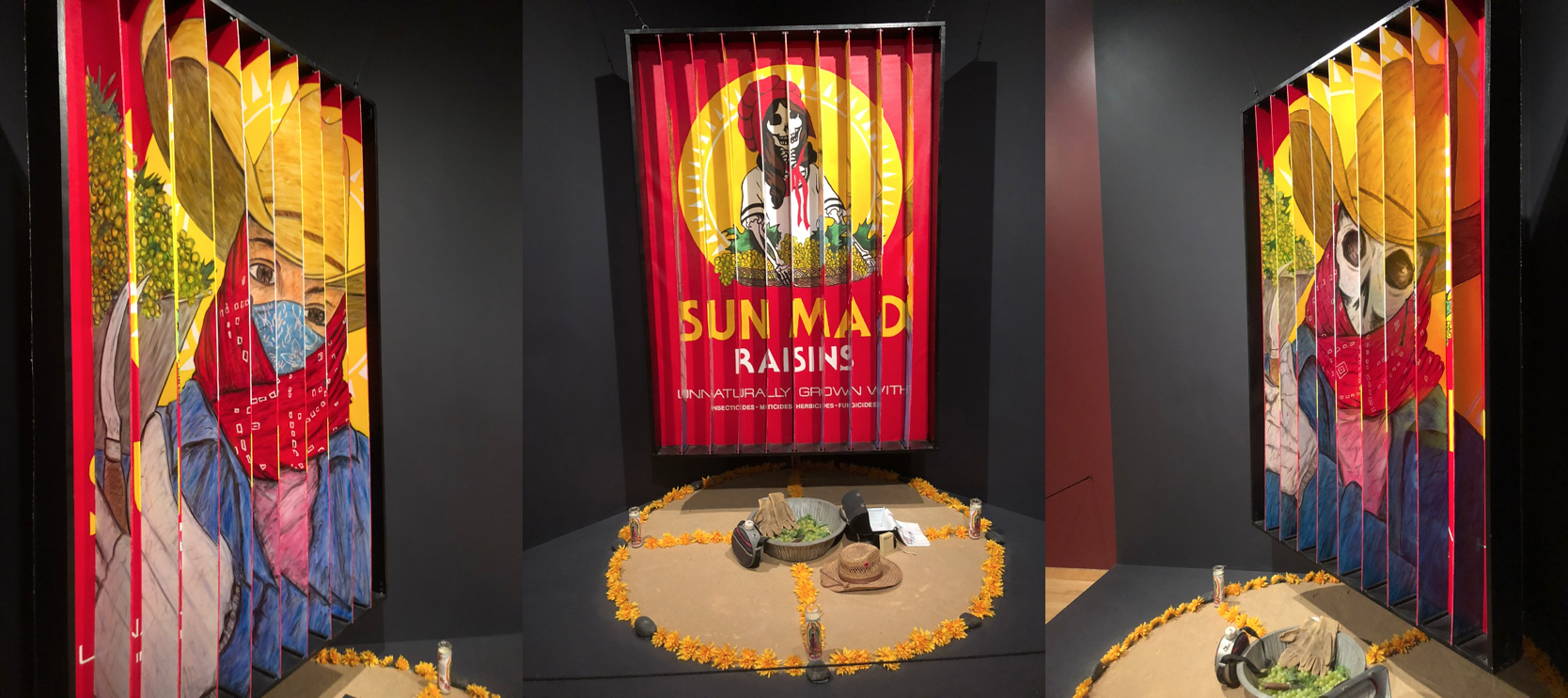
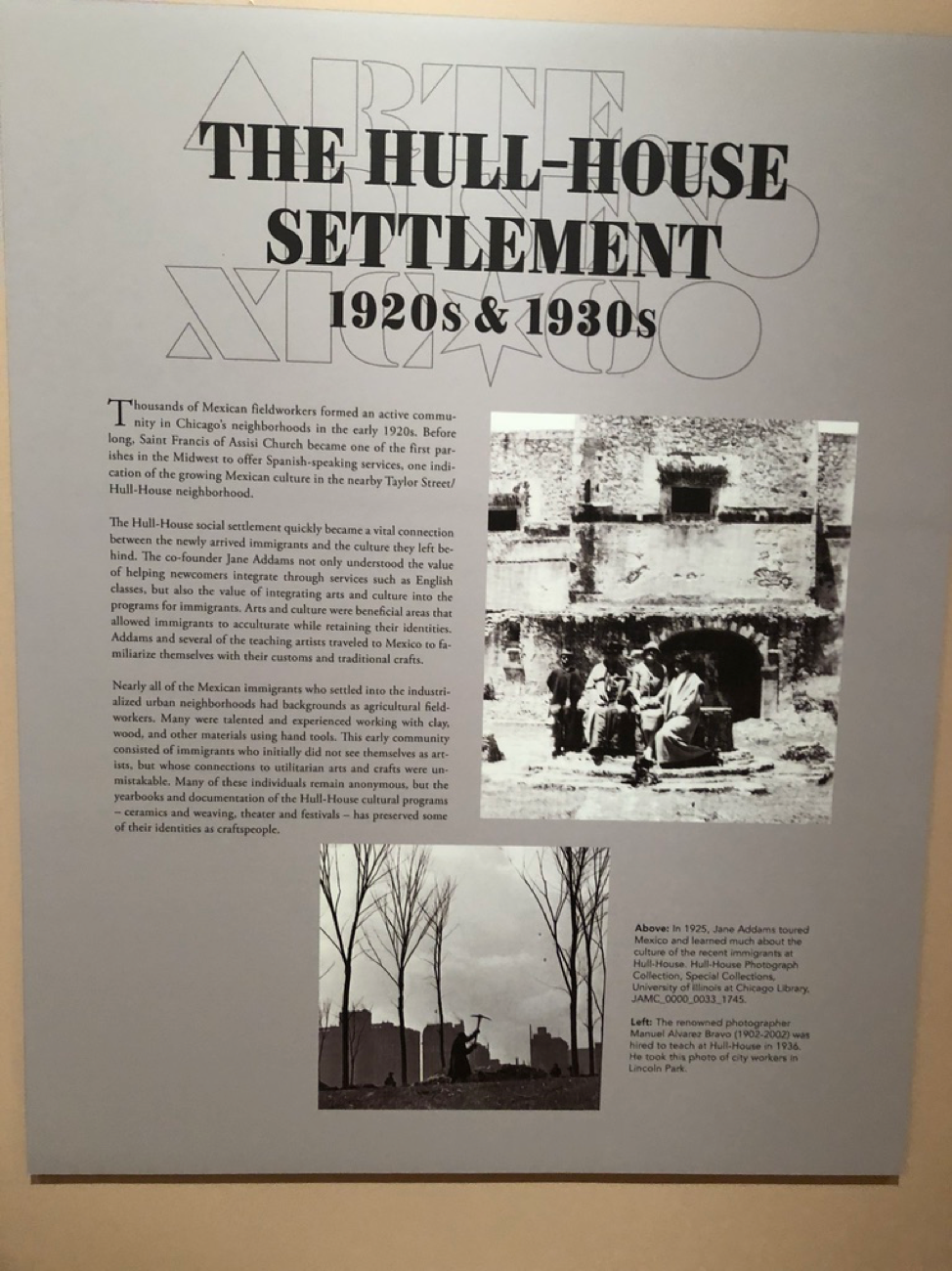
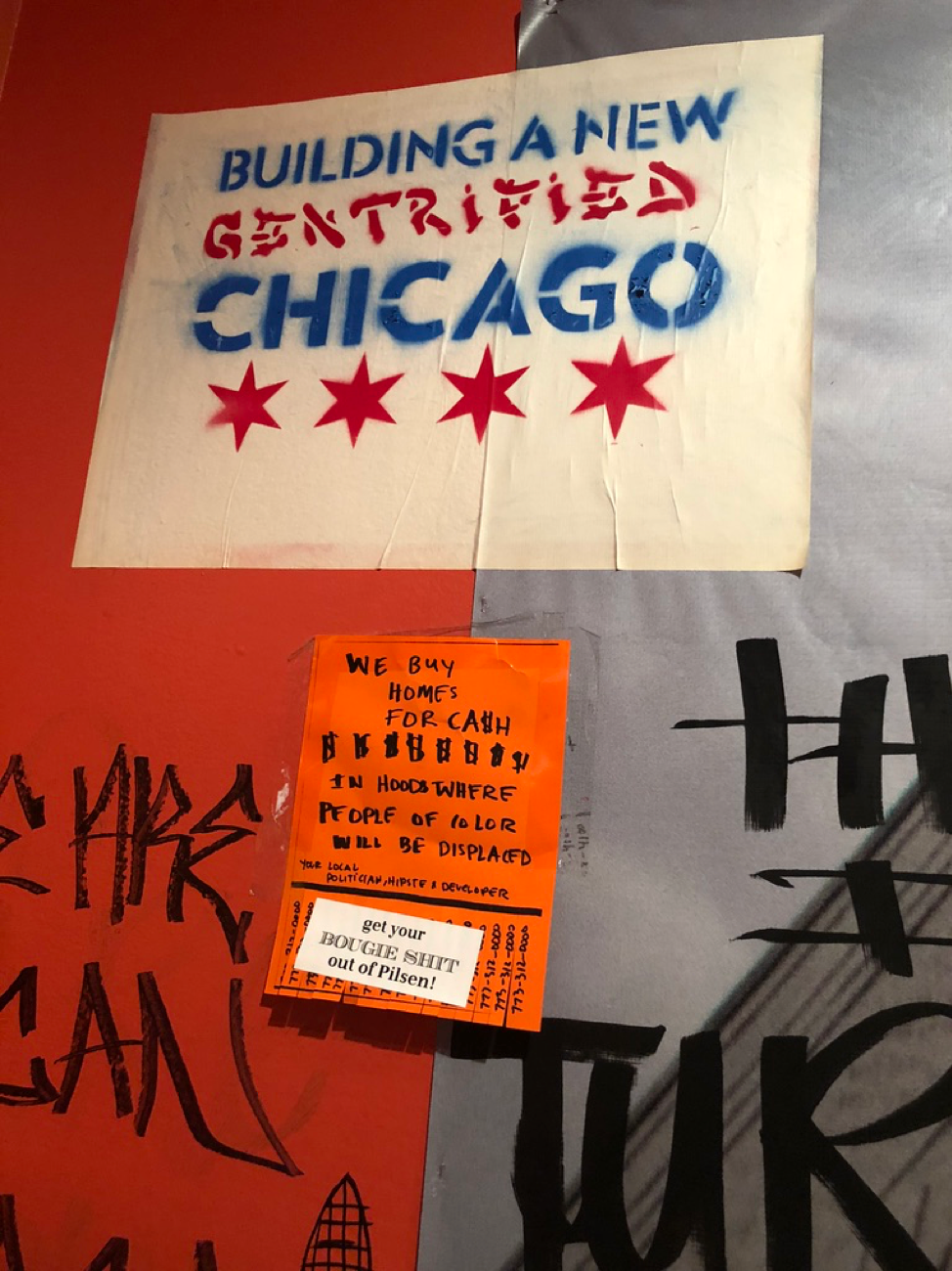
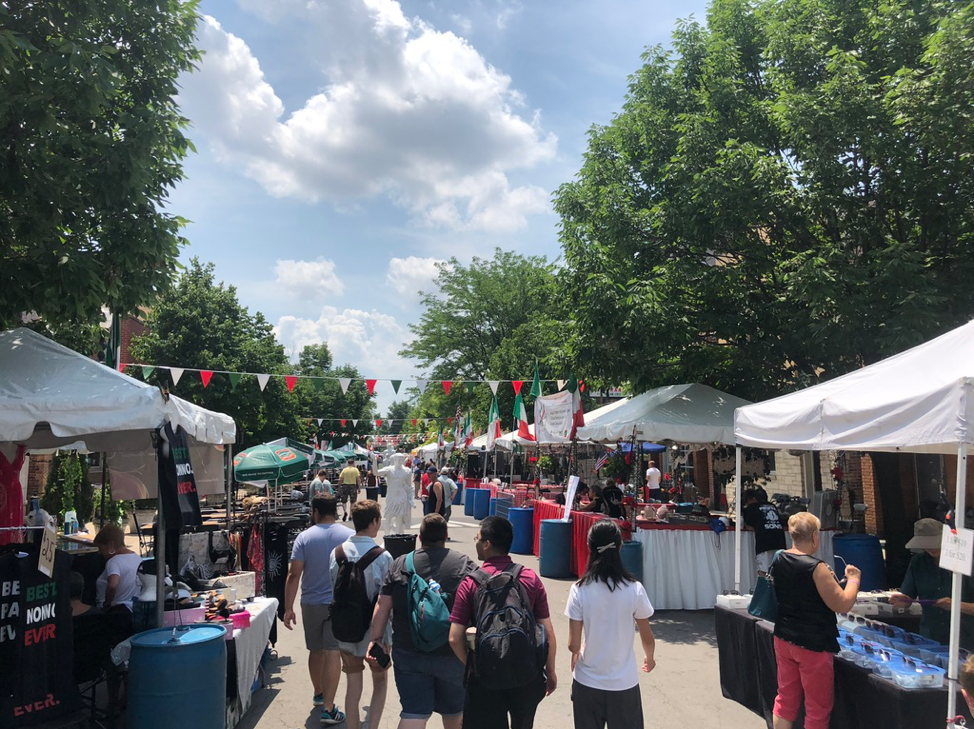

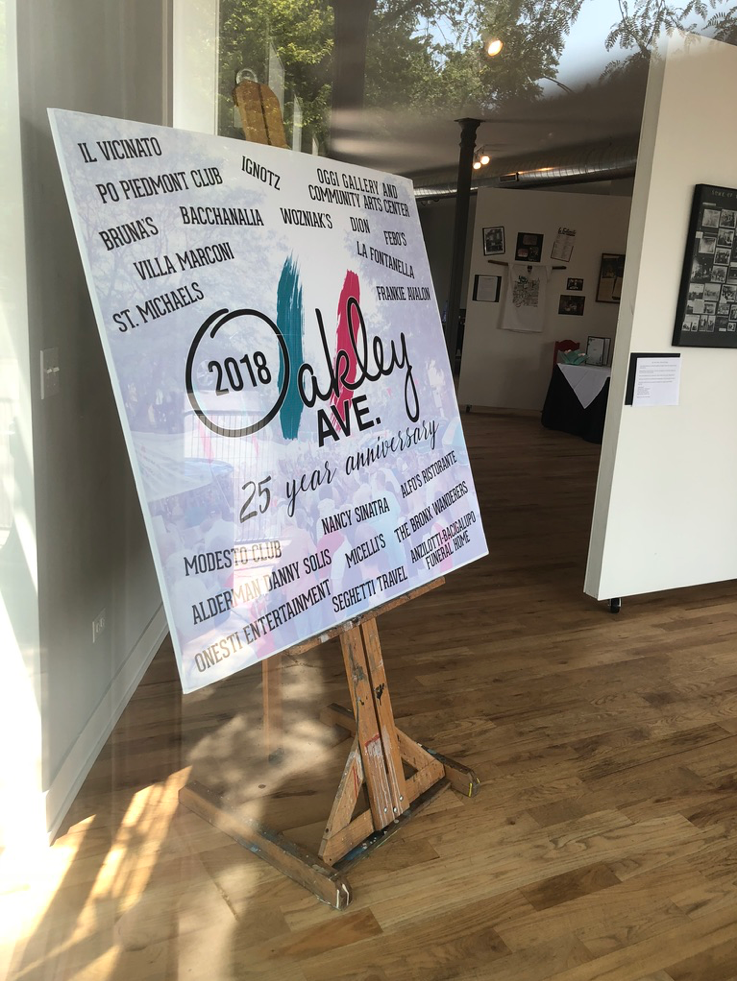
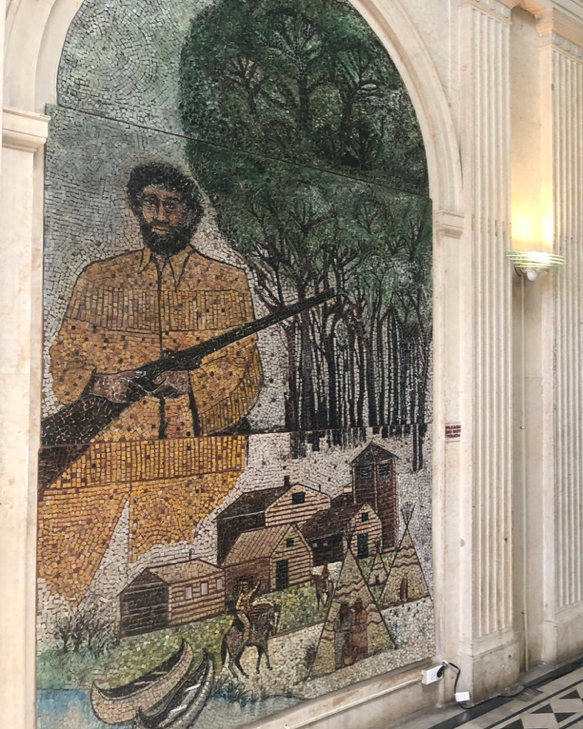
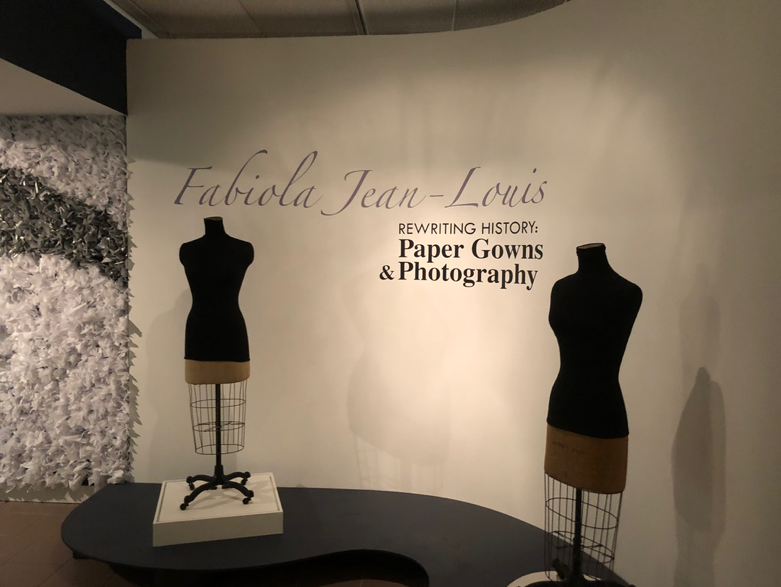
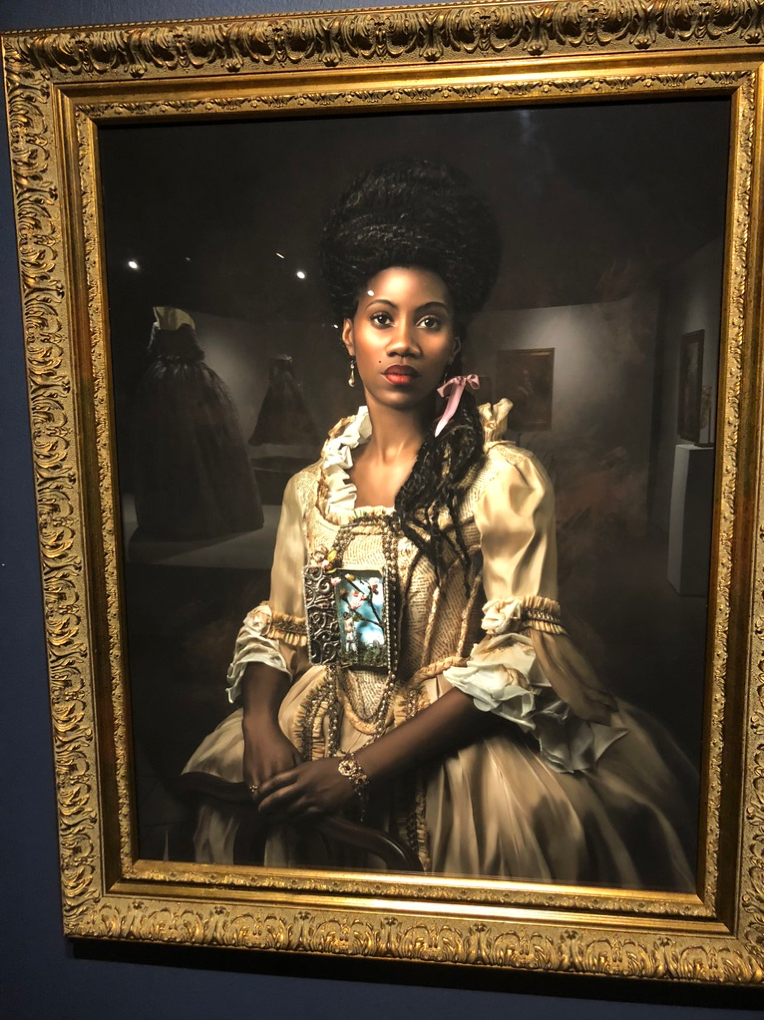
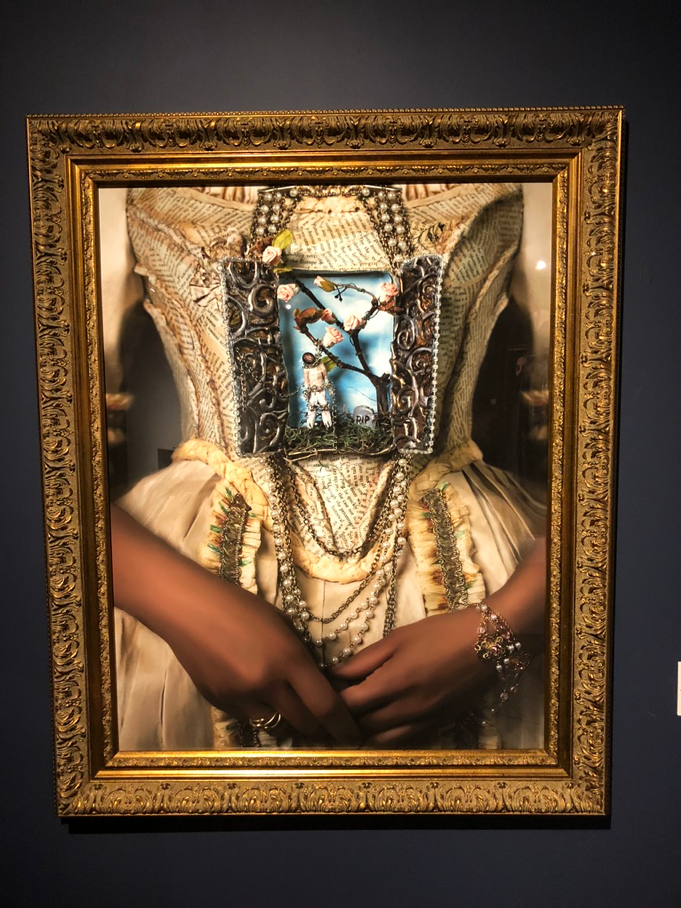
 RSS Feed
RSS Feed
